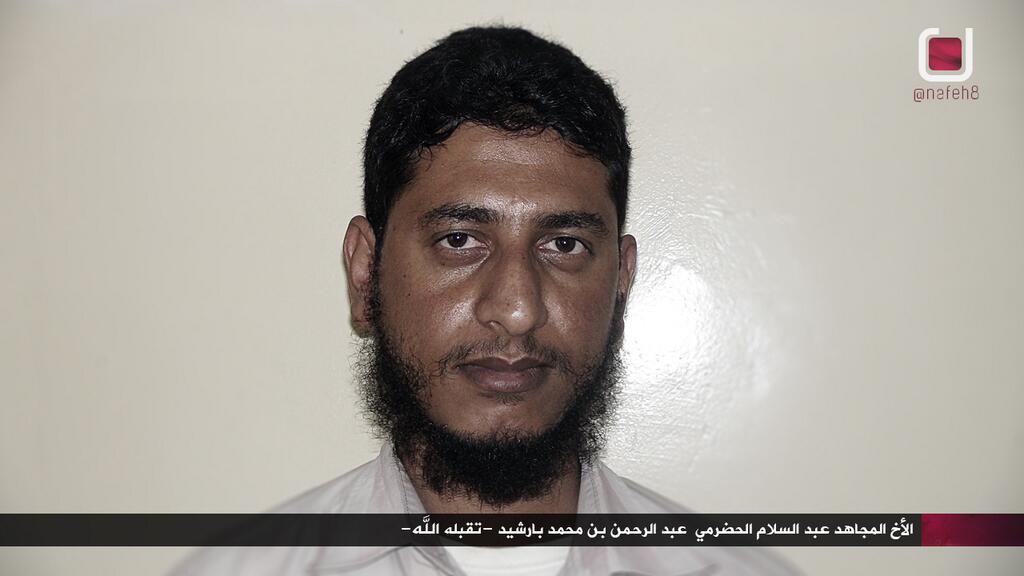Over the past week, a Twitter account linked to al Qaeda in the Arabian Peninsula (AQAP) posted the biographies of two fallen AQAP militants, Abdul Rahman bin Muhammad Barashid and Ahmed bin Abu Bakr al Beiti. The two were among the nearly 300 inmates who escaped from a Political Security prison in Mukallah on the coast of Hadramout province on June 22, 2011. Additionally, both AQAP militants had also sought to fight in the jihad in Iraq.
The Yemeni government under the leadership of former president Ali Abdullah Saleh had a long history of facilitating and encouraging Yemenis to participate in various jihadi arenas, such as Afghanistan and Iraq. In 2007, a Yemeni newspaper tallied 1,800 Yemenis who had traveled to Iraq for jihad; their families said the young men were trained by top-level Yemeni military commanders. In early March 2014, The Long War Journal reported that a US drone strike in northern Yemen had killed AQAP commander Ali Juraym, who was known to have returned to Yemen from fighting in Iraq.
Abdul Rahman bin Muhammad Barashid
 [Photo source: Twitter]
[Photo source: Twitter]
On May 23, the Twitter account “Nafeh al Teeb” began tweeting biographical information about a martyred AQAP fighter named Abdul Rahman bin Muhammad Barashid, who was also known by his nom de guerre, Abdul Salam al Hadhrami. As his nickname portends, Barashid was from Yemen’s eastern province of Hadramout. Information relayed in his Twitter biography indicates that Barashid went to Iraq in 2006 to wage jihad against the American occupation and specifically fought in the city of Beiji in northern Salahuddin province. Apparently Barashid requested to carry out a “martyrdom operation,” and al Qaeda in Iraq’s media wing, al Furqan Foundation, recorded his last will and testament. Unfortunately for Barashid, “the operation was delayed due to security reasons.”
Barashid’s biography continues with his eventual capture in Syria and delivery to Yemen for imprisonment on charges of waging jihad against America. Barashid was jailed at the Political Security prison in the city of Mukallah until the massive prison break on June 22, 2011. Barashid’s biography claims that 67 other AQAP militants escaped that day and that Barashid “was among the first participants in digging the tunnel” out of the prison. After escaping, Barashid rejoined the ranks of the newly branded Ansar al Sharia and allegedly fought in the battles at Dofas in Abyan in late August 2011.
Barashid’s biography states that he was killed at the age of 28 as a result of an American drone strike in Hadramout province. If he was killed this year, it would have been the result of either the Jan. 8 or Jan. 15 drone strikes in Hadramout.
Ahmed bin Abu Bakr al Beiti
 [Photo source: Twitter]
[Photo source: Twitter]
On May 27, the Twitter account “Nafeh al Teeb” began tweeting biographical information relating to fallen AQAP fighter Ahmed bin Abu Bakr al Beiti, also known as Yahya al Hadhrami. Like Barashid, al Beiti was a native of Hadramout province and hailed from the coastal city of Mukallah. His biography mentions that he had tried to travel to Afghanistan “before the September 11 strikes” but found that option “was not available to him.” In 2006, he headed for Iraq and showed a particular interest in carrying out a suicide attack. Al Beiti was captured en route while in Syria and delivered back to Yemen.
Al Beiti was imprisoned for three and a half years, ostensibly at the Political Security prison in Mukallah, and subsequently escaped in the June 2011 prison break. He rejoined AQAP upon his escape and is said to have fallen “in the battle of revenge in Abyan,” an apparent reference to fighting in Abyan following the US drone strikes that inaugurated the Yemeni government’s southern offensive in late April.








1 Comment
Now, there are a couple of good terrorists!